Australian insolvency laws exist in large part to balance a culture of innovation with excessive entrepreneurial risk taking and recklessness. Australia is well known for its harsh insolvency laws which are widely held to be out of step with the insolvency regimes of other OECD countries. Australia’s approach to insolvency laws threatens to undermine and discourage too much risky innovation (https://www.aph.gov.au/About_Parliament/Parliamentary_Departments/Parliamentary_Library/pubs/BriefingBook45p/InsolvencyLaws).
If you are experiencing difficulty in paying your current business debts, it may be important to think about whether your business is trading solvent or insolvent.
The legislation does not define ‘insolvency’, but rather defines ‘solvency’. Simply put, if a corporation cannot pay its debts as and when they fall due, they may be insolvent. If a matter reaches court, the common approach applied by the courts to determine solvency is the cash flow test, which involves assessing the commercial reality of having available funds (not funds which may be realised through sale of assets) to pay their current and contingent (future) obligations when they are due to be paid. Under this test, it is therefore possible that the courts will find a company is insolvent despite being asset-rich.
Therefore, “Australian insolvency law does not take account of an insolvent company’s longer-term prospects, its competitiveness, assets, or brand value, and is geared towards its premature closure and liquidation. It does not allow for the possibility that, through some restructuring or assistance, the company could return to profitability and preserve the interests of creditors.” (https://www.aph.gov.au/About_Parliament/Parliamentary_Departments/Parliamentary_Library/pubs/BriefingBook45p/InsolvencyLaws).
Directors of insolvent companies must also take care to ensure that the company is not trading while insolvent as directors can be personal liability. This personal liability may lead to directors taking premature insolvency action where there are any prospects of insolvency.
However, many business owners and directors want to trade their way out of their cash flow troubles. The businesses they have built are important to them, but they must also understand the risks in operating a struggling business.
Business Debt Rescue may be able to negotiate with business creditors for tailored solutions. Our aim is to help businesses avoid certain outcomes, such as selling business assets to repay debts. Unsecured creditors may also receive more cents on the dollar.
Business Debt Rescue is an alternative, holistic solution for businesses in trouble. Our debt relief solution aims to achieve any or all of the following outcomes for businesses:
- Negotiating with creditors for reductions and waivers in debts based on the current business circumstances.
- Negotiating with creditors to reduce or suspend payments on interest.
- Negotiating creditor payment plans within your estimated budget to make paying back business debts manageable over time.
- Where successful, avoiding a 5-year black mark on a business credit file in contrast to the outcome of insolvency.
- Where successful, avoiding a black mark on a director’s credit file for 10 years in contrast to the outcome of insolvency.
- Minimising contact between the client and the creditors where possible.
- A holistic business debt relief solution that is an alternative to immediate insolvency.
If you are finding it difficult to make your business debt repayments on time Business Debt Rescue would like to help. Breaking free from the cycle of overwhelming business debt may be easier than you think and is a positive step towards future financial stability.




